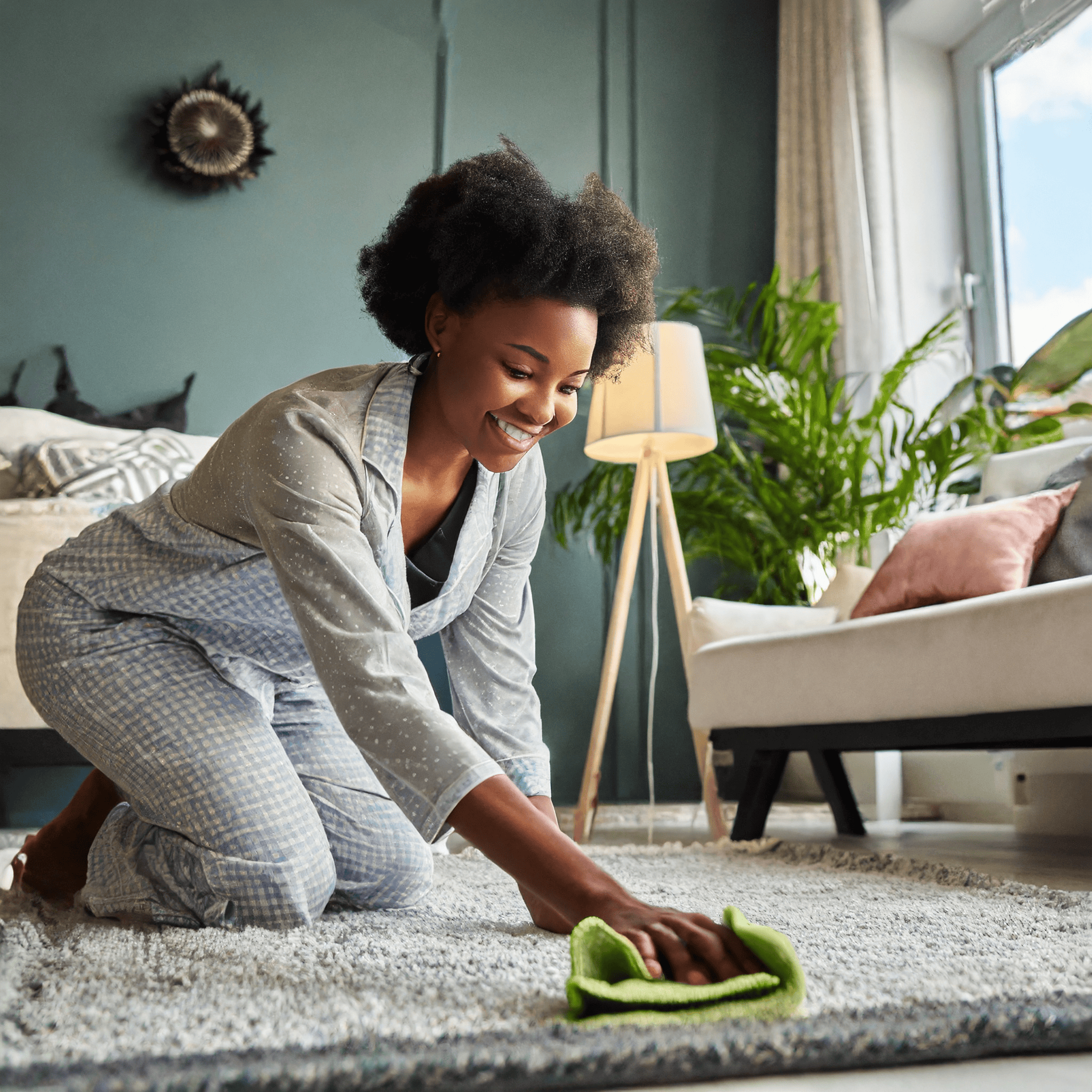 Imagine this: It’s 3AM and your puppy whines at the door. You’re on the second floor with your bedroom door closed, sleeping soundly.
Imagine this: It’s 3AM and your puppy whines at the door. You’re on the second floor with your bedroom door closed, sleeping soundly.
Your puppy’s cries are too soft for you to hear. The minutes tick by. She tries to hold it but eventually gives in to nature’s call. She relieves herself on the carpet.
Fast forward to 7AM. You open your bedroom door to be greeted by a couple of mystery puddles. The smell has been brewing in your carpets for hours.
Not exactly the best way to start the day, right?
Thankfully, overnight crate training can prevent these morning mishaps! Read on to find out how.
Enter: Crate Training
The crate is an excellent tool to keep your puppy cozy, contained, and nearby overnight.
Whether you’re potty training a playful pup or an older dog, crate training is my secret sauce for a peaceful night’s rest.
Let’s dive into my most commonly-asked nighttime crate questions. We will explore the reasons behind my crate training dos and don’ts.
There are lots of puppy crate training questions to address. But before you know it, your puppy will sleep through the night like a pro!
Should Puppies Sleep in a Crate?
Do: Train your puppy to sleep in his crate.
I think it’s an excellent idea for puppies to sleep in a crate. Crate training supports the potty training process. It also keeps your pup from surprising you with a midnight makeover of your living room.
I like to make my dog’s crate cozy. I keep a comfortable dog bed in the crate, plus some soft blankets. I include a toy or two in there as well.

If you have a new puppy, you may have gotten a toy or scrap of fabric from the breeder. These are perfect to put in your puppy’s crate. They will help her make a positive association between crate time and the smell of her first home.
Avoid: Letting your puppy wander all night.
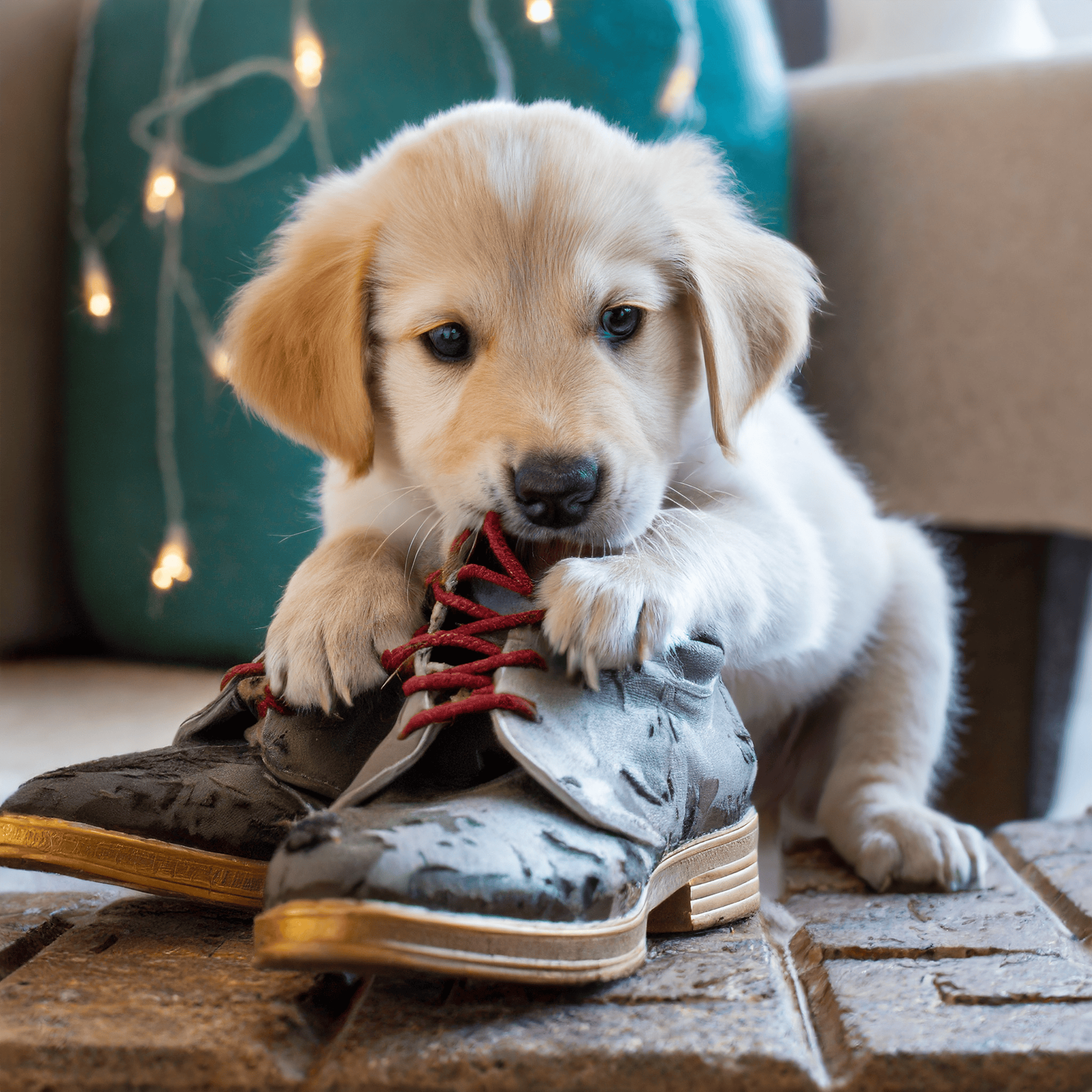
Most puppies are very curious.
Letting them explore all night could mean they make some messes while everyone else sleeps.
Having your puppy sleep in a crate prevents him from enjoying the midnight shoe buffet. It also allows you to listen for when he needs a potty break.
Is it OK to Let My Puppy Cry in the Crate at Night?
Do: Give your puppy some time to adjust.
I like to start crate training on the first night with a new puppy. But it takes a few days for any puppy to get used to sleeping in a crate. Be patient! Having your puppy sleep soundly in a crate overnight is a process.
A little bit of whining is normal at first. This is especially true if you’ve just brought home an 8 week old puppy. Such a young puppy is still used to sleeping comfortably with a bunch of siblings. Alone time in the crate will take some getting used to.
I think it’s important to sleep in the same room as my puppy. This means I can hear my puppy’s cries. I like to respond with reassurance, comforting words, and TTouches.
Avoid: Letting the cries go on too long.
Your puppy may cry for a few moments, and that’s okay. Most puppies will settle down quickly. But prolonged crying could be your cue to go outside. A puppy will cry when he has to go potty in the middle of the night. To avoid accidents, don’t ignore the cries for too long. It’s better safe than sorry!
Should I Put a Puppy Pad in the Crate at Night?
Do: Use the right sized crate.
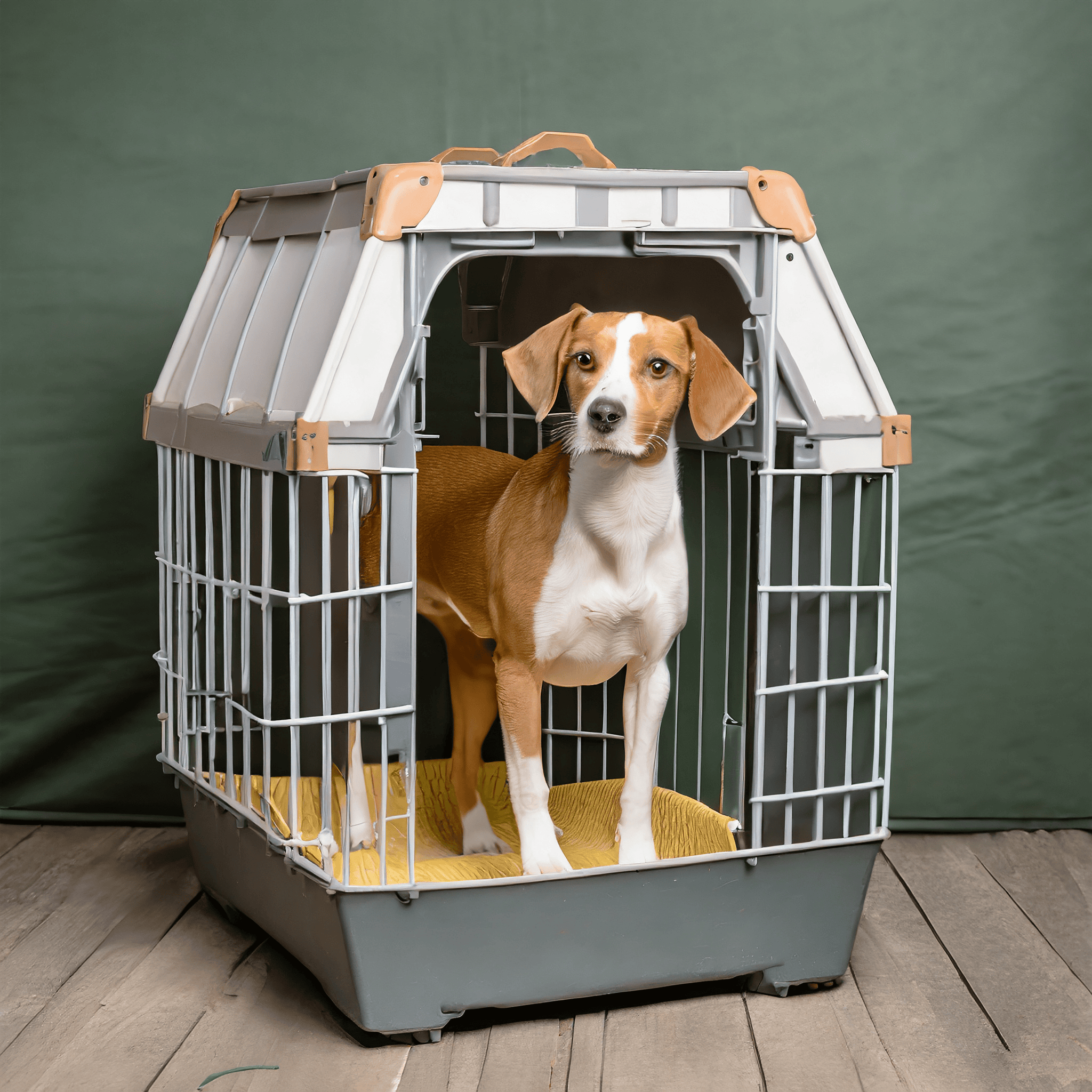
A puppy crate should be small enough for your pup to lie down, stand up, and turn around. The size of your dog’s crate depends on the size of your dog!
If the crate is too large, your puppy may use one part of it as a toilet.
The crate training process should support the potty training process. So, how does this work? Well, your puppy has strong instincts to keep his sleeping area clean (aka free of pee and poop).
A large enough crate gives your puppy room to sleep on one side and pee and poop on the other side. You want to prevent peeing and pooping in the crate.
If your growing pup will mature into a large dog, you can still get away with buying one crate. I recommend getting a crate with a divider. You can move the divider as your puppy grows. This saves money and allows you to adjust the crate to the right size.
Avoid: Putting puppy pads in the crate.
A puppy pad inside the crate can confuse your puppy. The goal is to prevent peeing and pooping inside the crate. If your puppy learns to use the crate as a toilet, this can be a major setback.
Pee pads in the crate can really disrupt the crate training process. Is your puppy crying? It’s best to take him outside for a potty break!
Should the Crate Be in My Bedroom?
Do: Start near your bed.
I recommend keeping the crate near your bed. By sleeping in the same room, you can listen to your puppy and offer comfort and reassurance.
I know it’s difficult to get enough sleep if your puppy wakes you up in the middle of the night. But it’s best to take him out for a potty break before things get messy.
The good news is that your puppy’s bladder gets stronger each day. It won’t be long before he can hold it through the night!
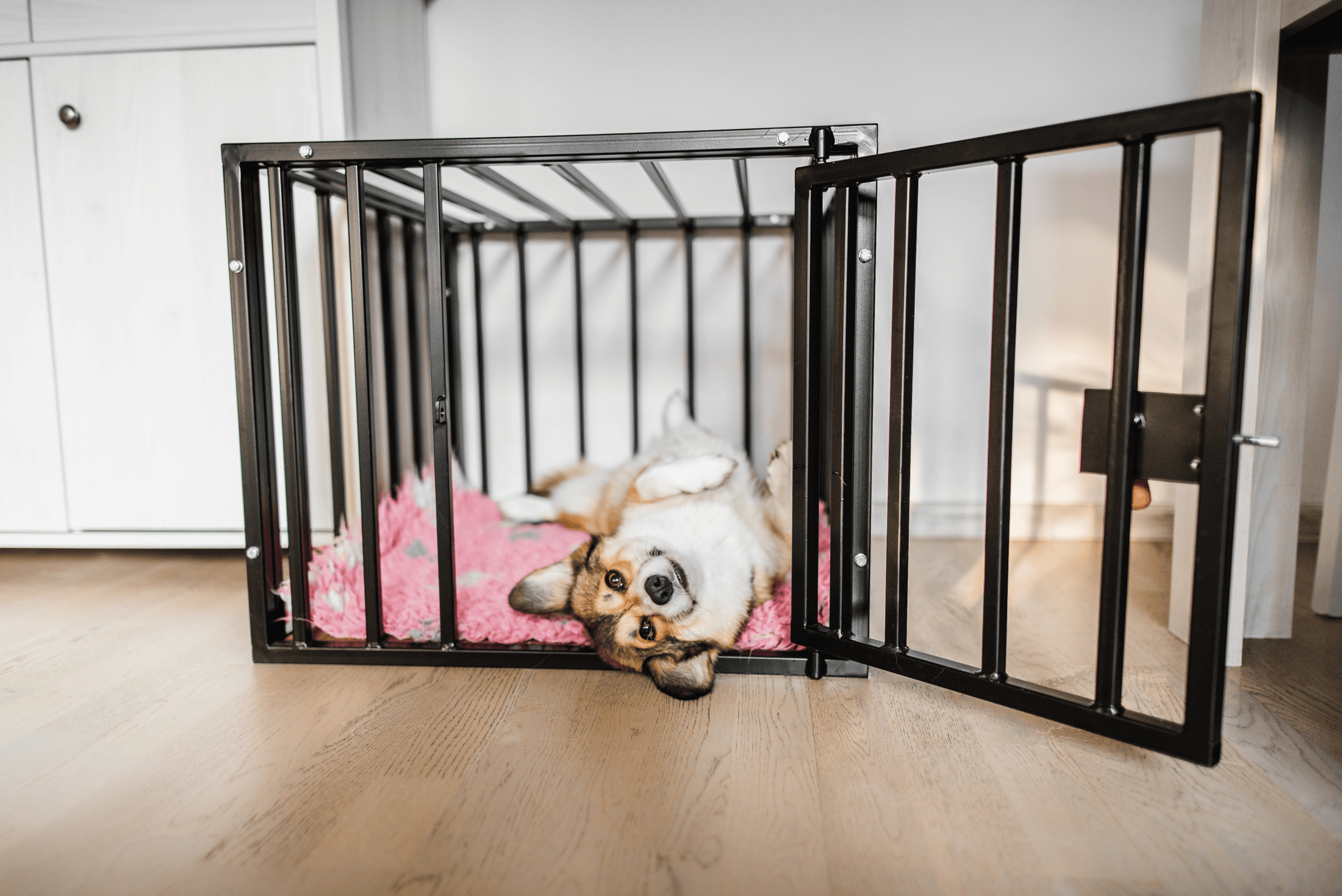
Avoid: Keeping the crate far away from you.
I recommend sleeping in the same room as your puppy. A new puppy will probably need at least one midnight potty break.
Having my puppy sleep in my bedroom means I can get her outside quickly. I want to prevent all accidents inside the crate.
Remember, crate training supports potty training. So you want to keep the smell of pee far away from the crate! If your pup smells her pee in the crate, she may start to think it’s her toilet.
Should I Leave the Crate Door Open?
Do: Start with the crate door open.
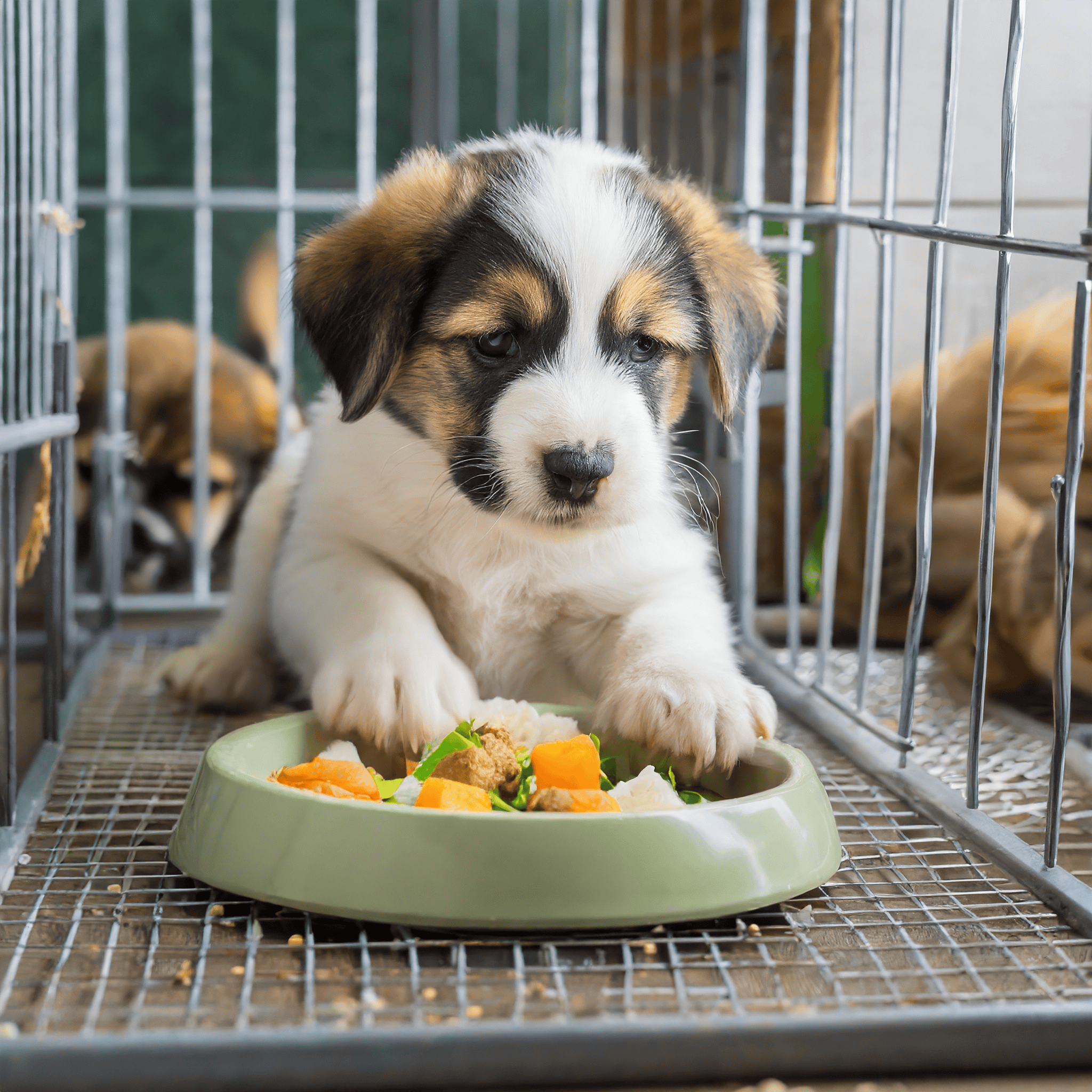
I like to take crate training slowly. It’s possible that your puppy has never been in a crate before. You want crate time to be a positive experience for your pup. It’s the secret to successful crate training!
This is why it’s important to introduce your puppy’s crate slowly. When I first put a puppy in a crate, I leave the door open. I do some TTouches and speak in a reassuring voice.
Then, I try very short periods of time with the door closed. I make sure to stay right there. I also give the puppy TTouches through the crate if it is a wire crate. Many puppies also like being fed some treats inside the crate.
I recommend feeding your puppy his first few meals in the crate. This creates a positive association between mealtime and crate time.
Avoid: Leaving the crate door open at night.
Leaving your puppy’s crate door open all night seems like a comforting idea. But for effective crate training, I don’t recommend it.
Leaving the door open will make it more difficult to crate train your pup. It allows your puppy to wander around at night. This can lead to accidents and other messes around the house.
A young puppy is also more likely to sleep through the night if the crate door is closed. There is less to explore this way. And very young puppies love to explore!
Keeping the crate door closed helps your puppy see the crate as a comfortable and safe space.
Should I Cover My Puppy’s Crate at Night?
Do: Consider your puppy’s comfort.
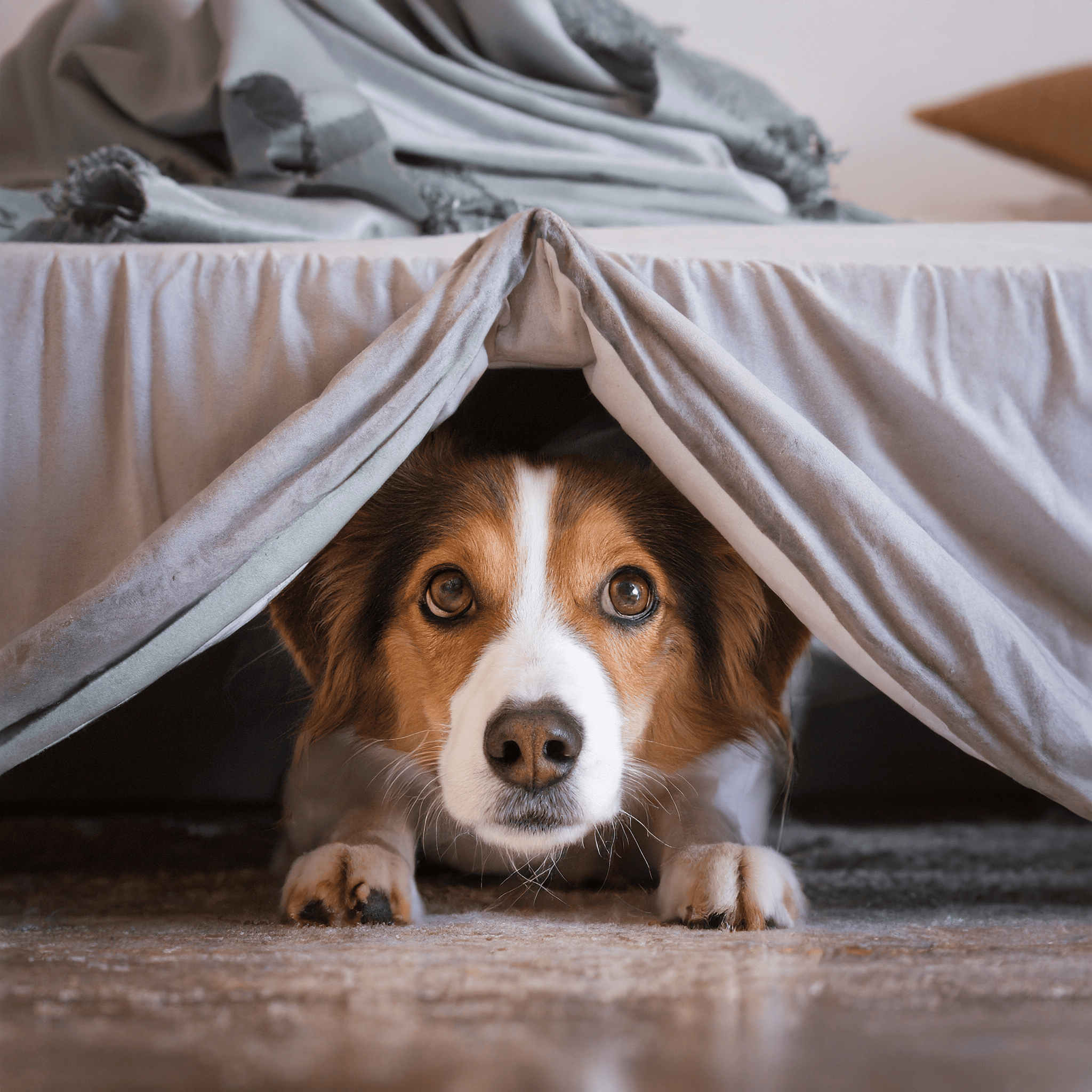
Dogs naturally like covered, confined places. If your dog is afraid of thunder or fireworks, then you’ve probably seen this in action.
If you have a wire crate, your dog might enjoy having the crate covered. Crate covers provide a cozy atmosphere. This can help your puppy feel secure and protected.
I recommend you use a soft and breathable blanket to cover the crate. You want to make sure your puppy doesn’t get too hot. Be mindful of the room temperature when covering the crate.
Observe your puppy’s behavior with and without a crate cover. Some puppies may feel more secure with a covered crate, while others prefer openness.
Avoid: Making your puppy uncomfortable.
Some puppies don’t like having their crate covered. Pay attention to your dog’s reaction when you try covering the crate. Even if your puppy seems comfortable, still be mindful of temperature.
I also avoid covering the crate completely. It’s important to allow some ventilation. Proper airflow will help keep your puppy at a comfortable temperature.
Remember, every puppy is unique! I like to be conscious of my dog’s breed and coat type as well. Some dogs breeds run much warmer than others. A thick coat will already keep your puppy very warm at night.
Some toy breeds, like Dachshunds and Greyhounds, will burrow to sleep through the night. They like being fully covered by blankets when they fall asleep.
And puppies also have personal preferences about having their crates covered. I have worked with puppies who hate it and puppies who love it! I encourage you to respect your puppy’s unique needs.
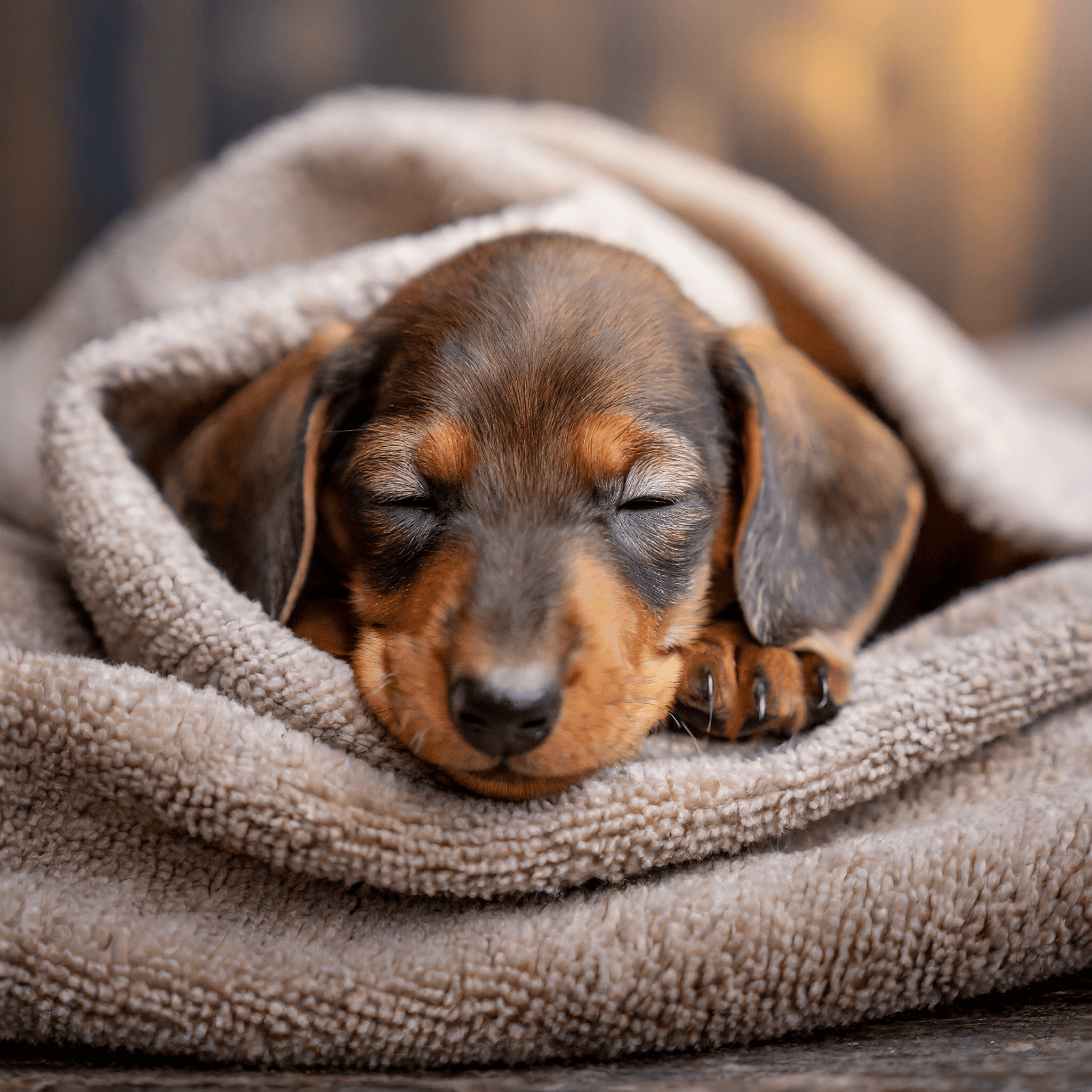
What Age Should Dogs Stop Spending the Night in Their Crate?
Do: Decide if your dog is ready.
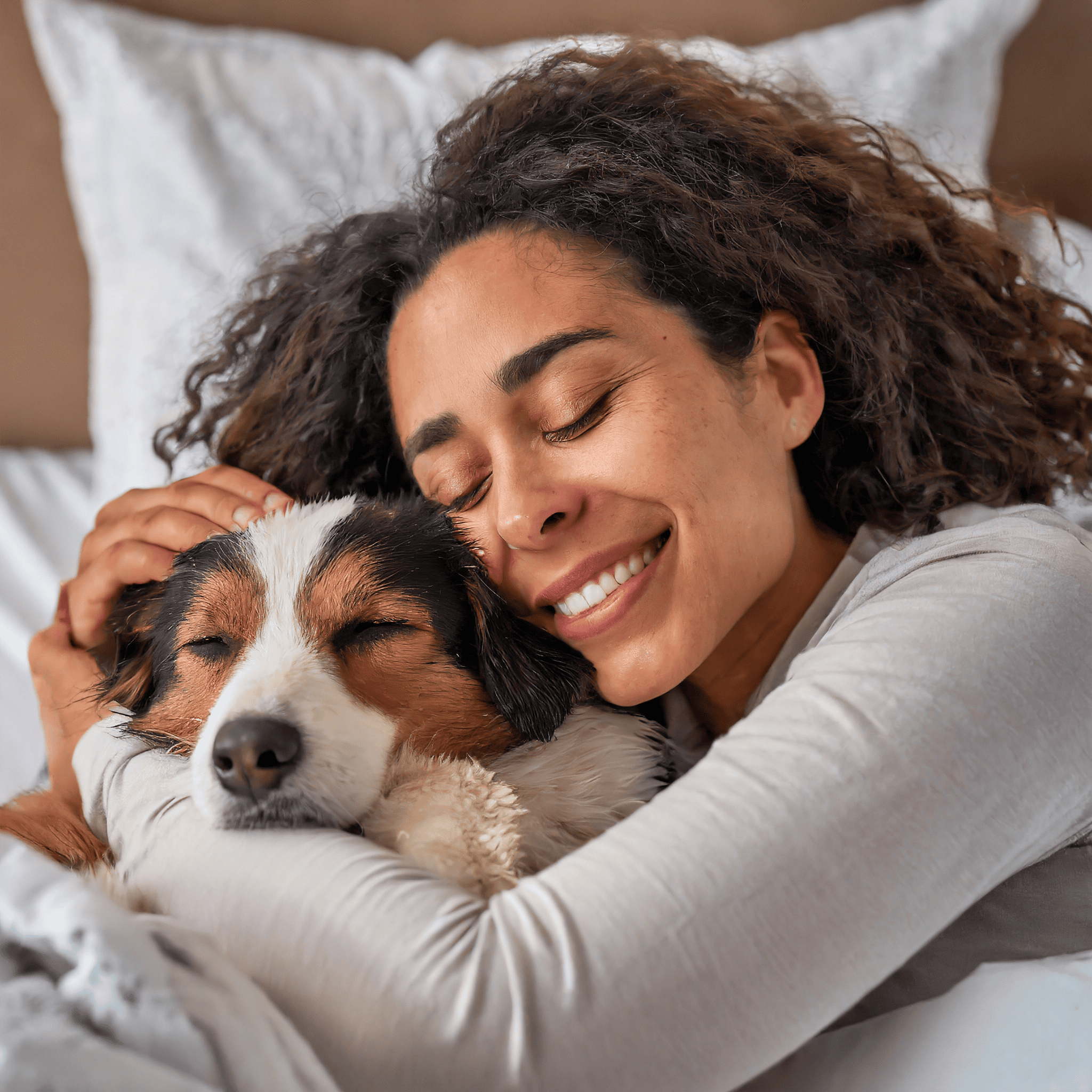
Each puppy has a unique timeline. I keep an eye on my puppy’s behavior, bladder control, and overall comfort when making this decision.
I’ve helped crate train countless puppies over the years. I can assure you there isn’t a one-size-fits-all answer to this question. In general, I’ve found that most dogs can transition out of nighttime crating between 6 and 12 months.
Some dogs naturally fall asleep in their crates for their whole lives. Others would rather hop in bed with you! It’s your choice whether to welcome your dog into bed with you.
But you might be surprised to see how much your dog loves sleeping in her crate. I like to leave the crate door open for older dogs, so they can come and go as they please.
Avoid: Rushing the process.
Moving your puppy out of the crate too early may lead to accidents. I like to slowly transition dogs to sleeping outside of their crate.
I make sure my puppy is fully potty trained before I begin this process. I wait until my puppy can consistently make it through the night without needing a bathroom break.

Do you want your puppy to sleep somewhere other than your bedroom? I would start by slowly moving the crate to the new location. I recommend doing this over the course of a few nights.
Once your puppy’s crate is in the new sleeping spot, give her a couple of days to adjust to the new location. Be sure to give her some TTouches before bed each night to give her confidence. Once you feel that your dog is comfortable in the new spot, you can leave the crate door open overnight.
See how things go. Was there an accident? Keep the crate door closed for a few nights before trying again. I like to be mindful of how my dog is handling change. Then, I backtrack when needed and make small adjustments.
Please remember to be patient. This can feel like a big change for your pup! She spent the first part of her life snuggled up with a bunch of litter mates. It will take some time to get used to sleeping alone.
Can I Crate My Dog for 12 Hours at Night?
Do: Establish a bathroom routine.
The puppy sleep schedule usually involves some interruptions. I like to give young puppies multiple bathroom breaks before bedtime and one in the middle of the night. An 8-week-old puppy has a tiny bladder! They usually can’t hold it overnight.
Of course, the goal is to sleep through the night. This might not happen for the first few weeks. It may even take more than a month for very young puppies.
There isn’t a hard and fast rule for how many times your puppy will need to go to the bathroom overnight. But here’s a good general rule:
For each month of age, your puppy can wait that long in hours minus one before needing another bathroom break.
So, a five-month-old puppy can hold it for about four hours.
Avoid: Pushing comfort limits.
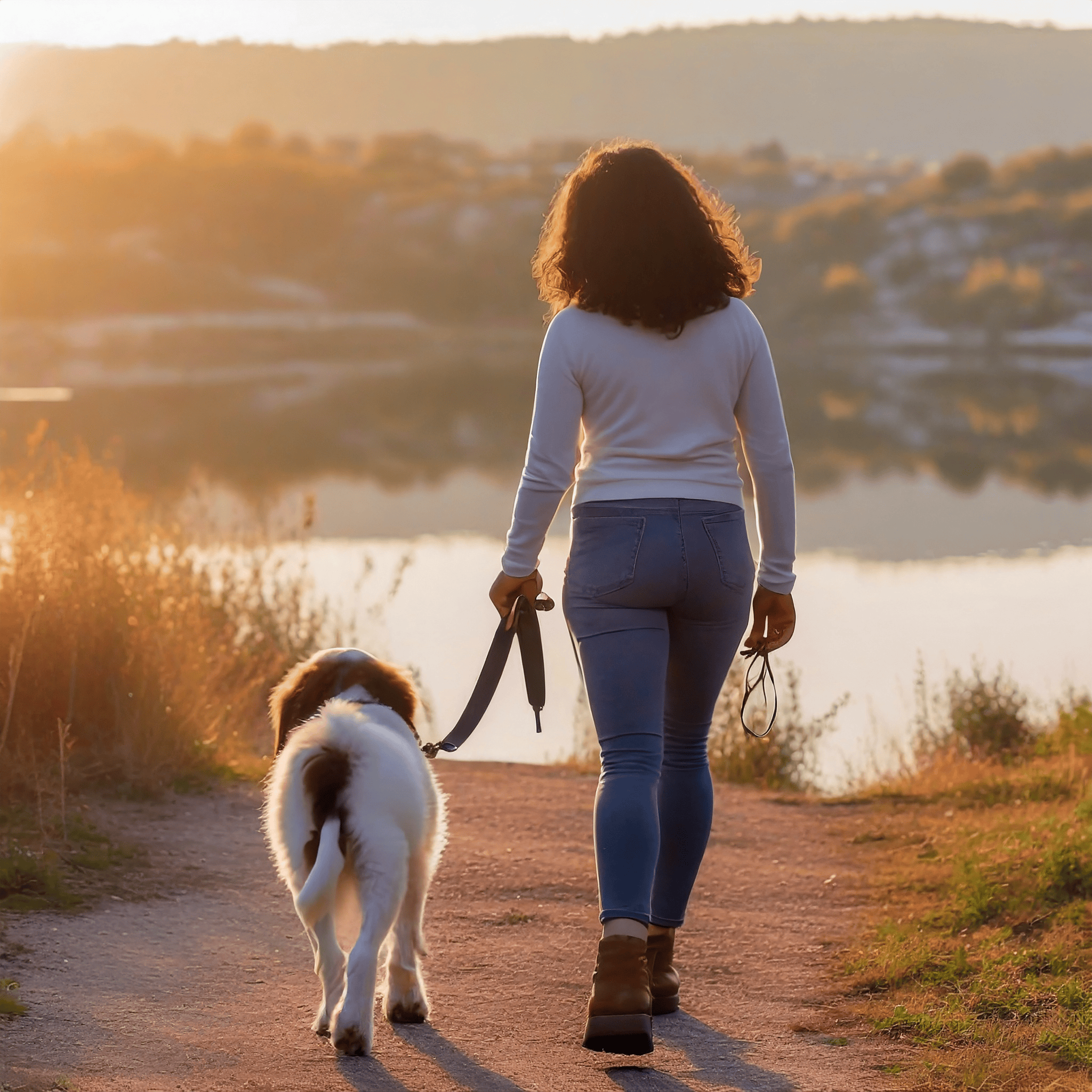
Adult dogs can hold their bladders for longer. But a 12-hour stretch is not ideal. I like to give older dogs a bathroom break at least every 8 hours. Most people can’t even wait that long between bathroom breaks! Be mindful of this when asking your dog to hold it for multiple hours.
If you are crate training a rescue dog, then you might sleep through the night. I still recommend keeping the crate in your bedroom so you can listen for any cries. A crying dog might need a potty break.
With older dogs, I make sure to give them one potty break as part of our bedtime routine. Then I take them outside first thing in the morning. Walks in the early morning light are my favorite!
Final Thoughts
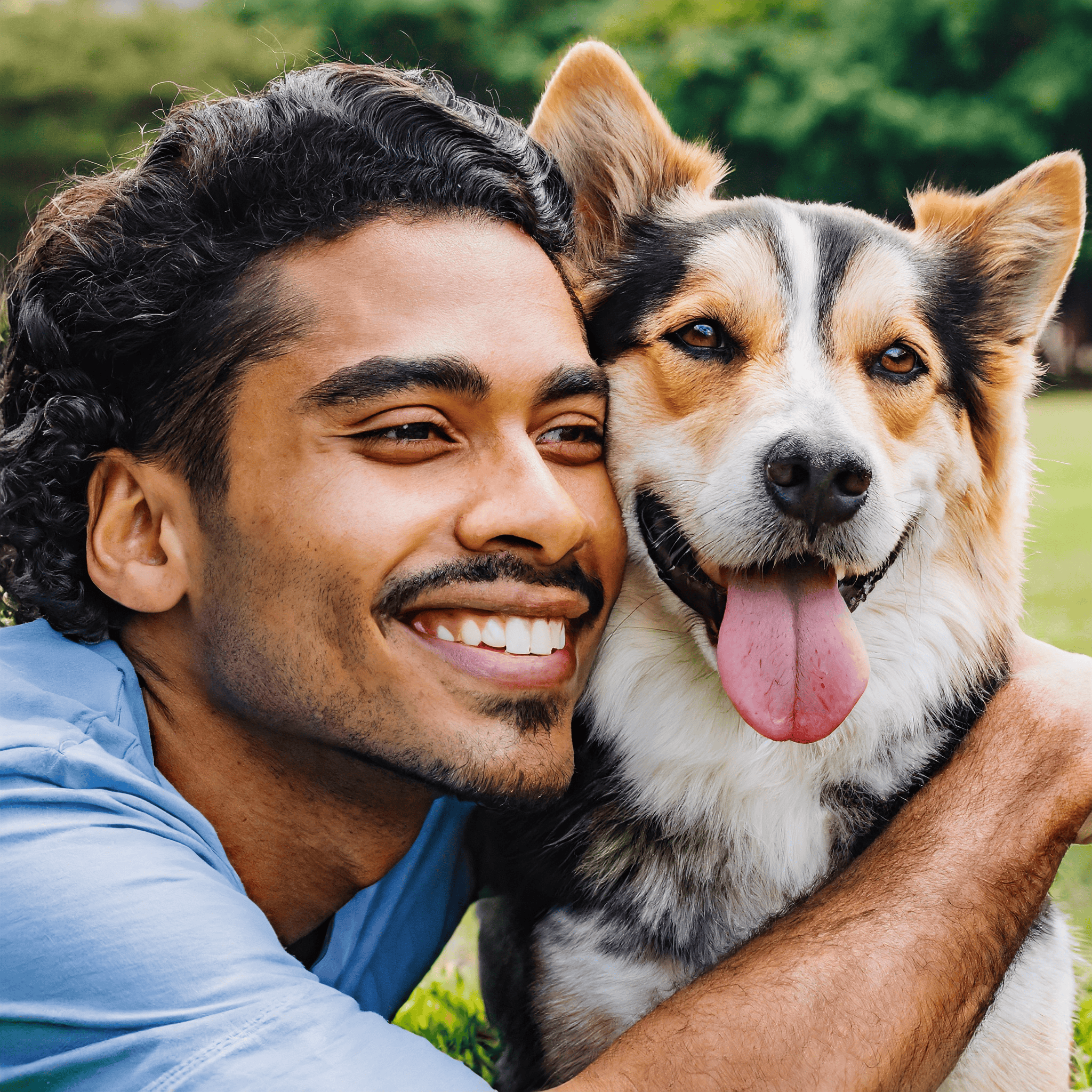
As we wrap up this crate questionnaire, remember this: Every night is a chance to strengthen your bond with your dog.
Celebrate the victories, however small, and laugh off the hiccups. The nighttime crate is more than a cozy den. It’s a space for trust, learning, and the reassurance of “I’m right here.”
Sweet dreams! 🌙🐾
PS- If you’re interested in learning more about caring for your puppy, click here. You can find free videos, puppy training guides, and my best health tips!






